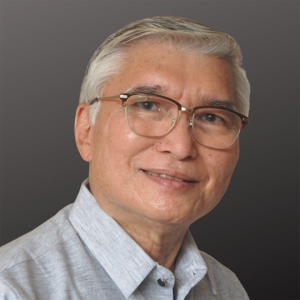Contact:
gsjacinto@msi.upd.edu.ph, gjacinto@gmail.com
Education:
Ph.D. Marine Chemistry, University of Liverpool, U.K.
Research Interests:
Seawater and sediment geochemistry; eutrophication and hypoxia

Contact:
gsjacinto@msi.upd.edu.ph, gjacinto@gmail.com
Education:
Ph.D. Marine Chemistry, University of Liverpool, U.K.
Research Interests:
Seawater and sediment geochemistry; eutrophication and hypoxia
Selected Publications: